
Vlad Yudkin
January 26, 2024
Elevating Business Communication: The Power of Business Presentation Design
In the dynamic world of business, effective communication is the cornerstone of success. Business presentations serve as powerful tools to convey ideas, pitch products, and engage stakeholders. However, the impact of a presentation greatly depends on its design. In this article, we will explore the significance of business presentation design, its diverse applications, and the essential steps involved in creating compelling and impactful presentations.

The Essence of Business Presentation Design
Business presentation design goes beyond aesthetics; it is the art of translating complex concepts and data into visually engaging and easily digestible formats. It involves the strategic use of visuals, layout, and content to create a seamless narrative that captures the audience's attention and conveys the intended message effectively.
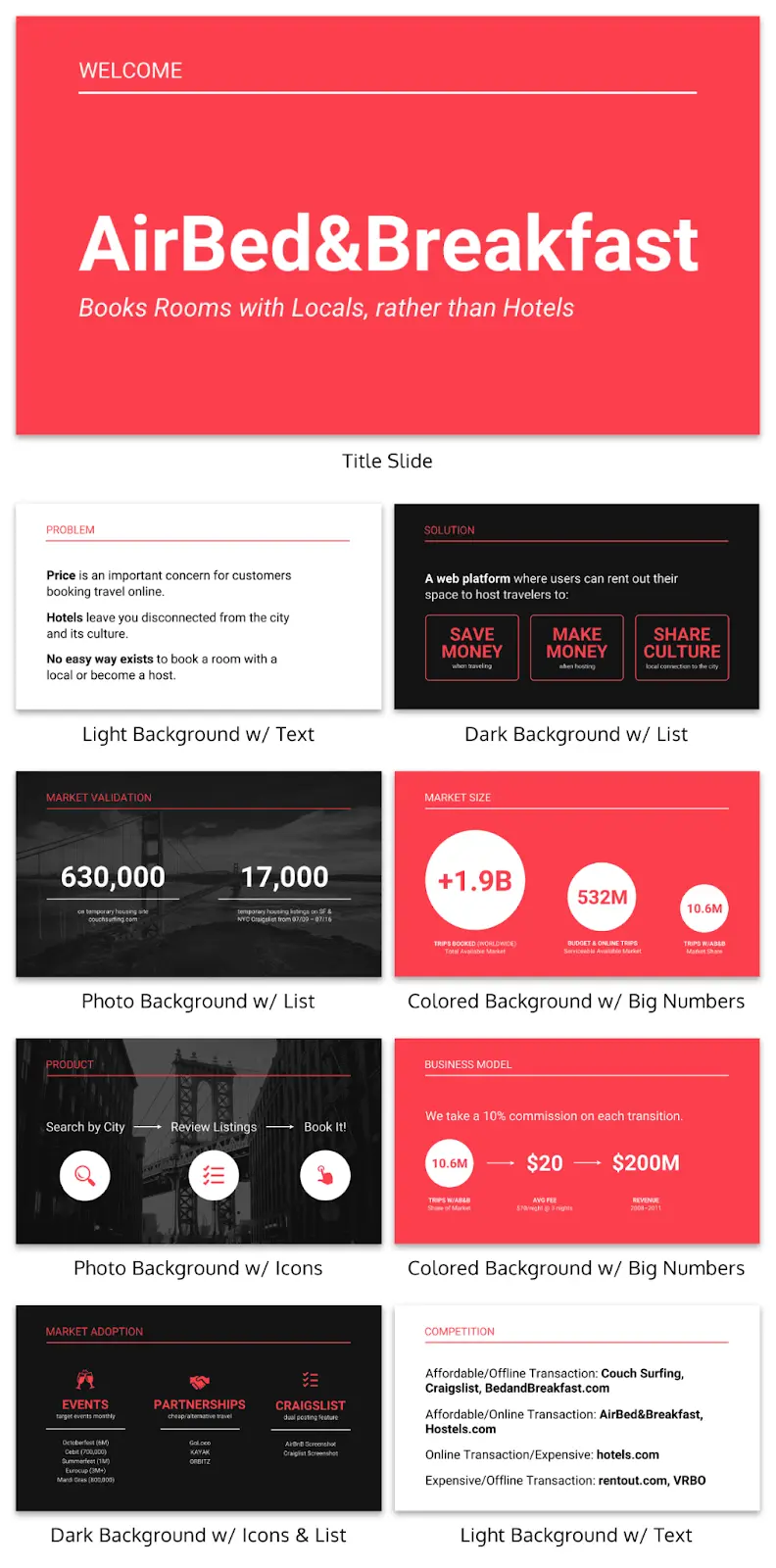
The Use of Business Presentation Design
- Pitching Ideas and Products. Entrepreneurs and business professionals use presentations to pitch their innovative ideas and products to investors, clients, and partners. A well-designed presentation can make the difference between capturing investor interest and being overlooked.
- Internal Communication. Within organizations, presentations are used for internal training, team meetings, and project updates. Clear and visually appealing slides facilitate effective knowledge transfer and enhance team collaboration.
- Sales and Marketing. Sales teams leverage presentations to showcase products and services to potential clients. Compelling visuals and persuasive content help in influencing purchase decisions and building customer relationships.
- Educational Workshops. Businesses often conduct workshops and seminars for clients or employees. Presentation design is crucial in these contexts to ensure that the audience remains engaged and retains essential information.
- Data Analysis and Reporting. Complex data sets are simplified through visual representations in presentations. Graphs, charts, and infographics are used to illustrate trends, patterns, and insights, making it easier for stakeholders to comprehend the information.
Tips to Create Business Presentation Design
Creating an impactful business presentation involves careful planning and attention to detail. Here are the essential steps to craft a compelling presentation:
- Understand Your Audience. Tailor your presentation to the specific needs and expectations of your audience. Consider their expertise, interests, and concerns to create content that resonates with them.
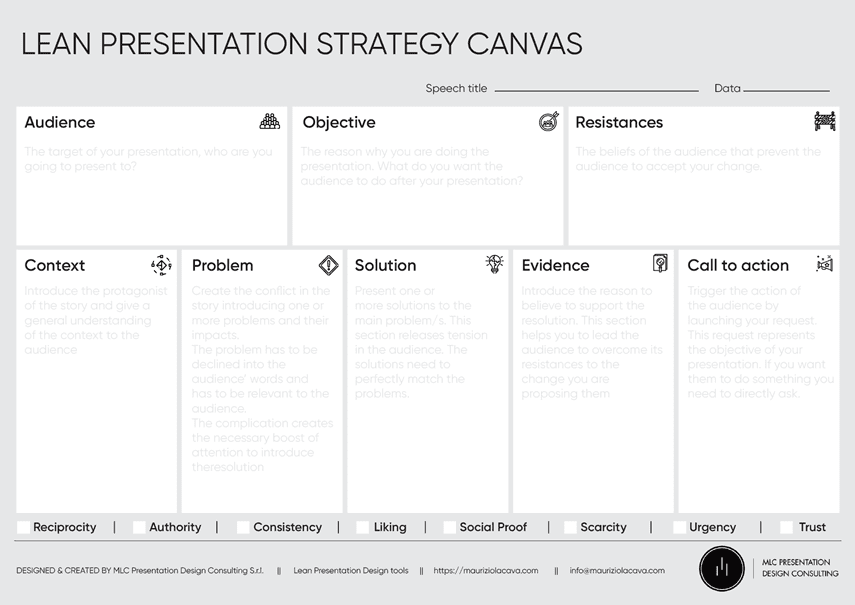
- Define Clear Objectives. Clearly outline the objectives of your presentation. Determine what message you want to convey and the key takeaways you want your audience to remember.
- Structure Your Content. Organize your content logically into sections or topics. Use clear and concise language to convey your ideas. Each slide should have a clear purpose and contribute to the overall narrative.
- Visual Design. Choose a cohesive color scheme and typography that aligns with your brand identity. Use high-quality visuals, such as images, icons, and videos, to enhance your message. Ensure that the design is consistent across all slides.
- Engaging Interactivity. Incorporate interactive elements like clickable buttons, animations, and multimedia to keep your audience engaged. However, use these elements judiciously to avoid overwhelming the audience.
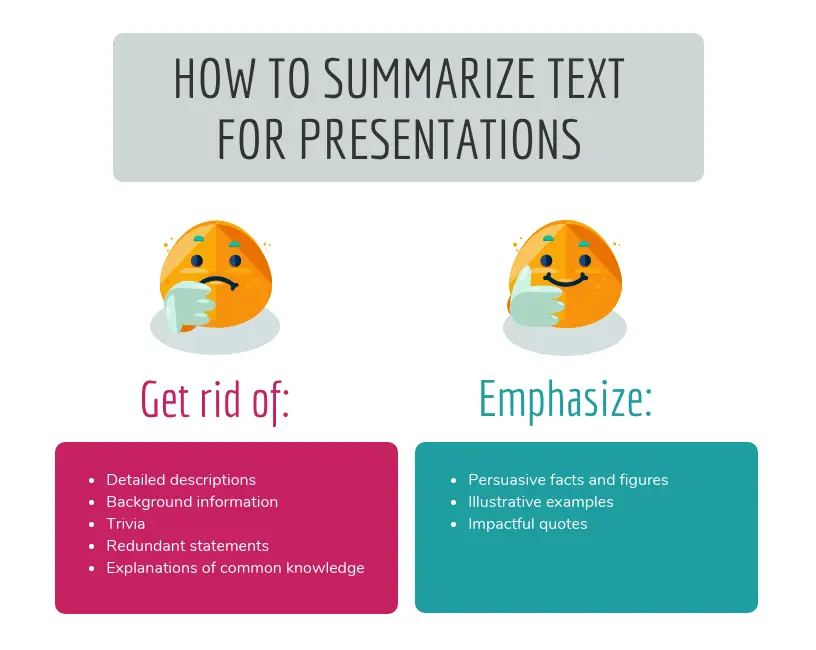
- Practice and Refinement. Practice delivering your presentation to ensure smooth flow and timing. Seek feedback from peers or mentors and make necessary revisions based on their input. Rehearsing your presentation will boost your confidence and delivery.
- Utilize Professional Tools. Utilize presentation software like Microsoft PowerPoint, Google Slides, or Keynote, which offers various templates, themes, and tools to enhance your design. Additionally, graphic design software like Adobe Illustrator or Canva can be used for more customized and visually appealing elements.
Types of Business Presentations
Business presentation designs can vary significantly based on the context, purpose, and audience. Here are several types of business presentation designs commonly used in various professional settings:
Corporate Presentation
- Purpose: Used for internal and external corporate communication, including company updates, employee training, and stakeholder meetings.
- Design Elements: Reflects the company's branding, and incorporates corporate colors, logos, and typography. Focuses on professionalism and consistency in design across all slides.
Sales and Marketing Presentation
- Purpose: Aimed at showcasing products or services to potential clients, partners, or investors to generate sales or secure business partnerships.
- Design Elements: Emphasizes product/service features, benefits, and unique selling points. Includes persuasive visuals, customer testimonials, and compelling call-to-action elements.
Financial or Investor Presentation
- Purpose: Created for shareholders, potential investors, or financial analysts to communicate the company's financial performance, growth strategies, and investment opportunities.
- Design Elements: Focuses on financial data, key metrics, market analysis, and revenue projections. Incorporates charts, graphs, and visual representations of financial information.
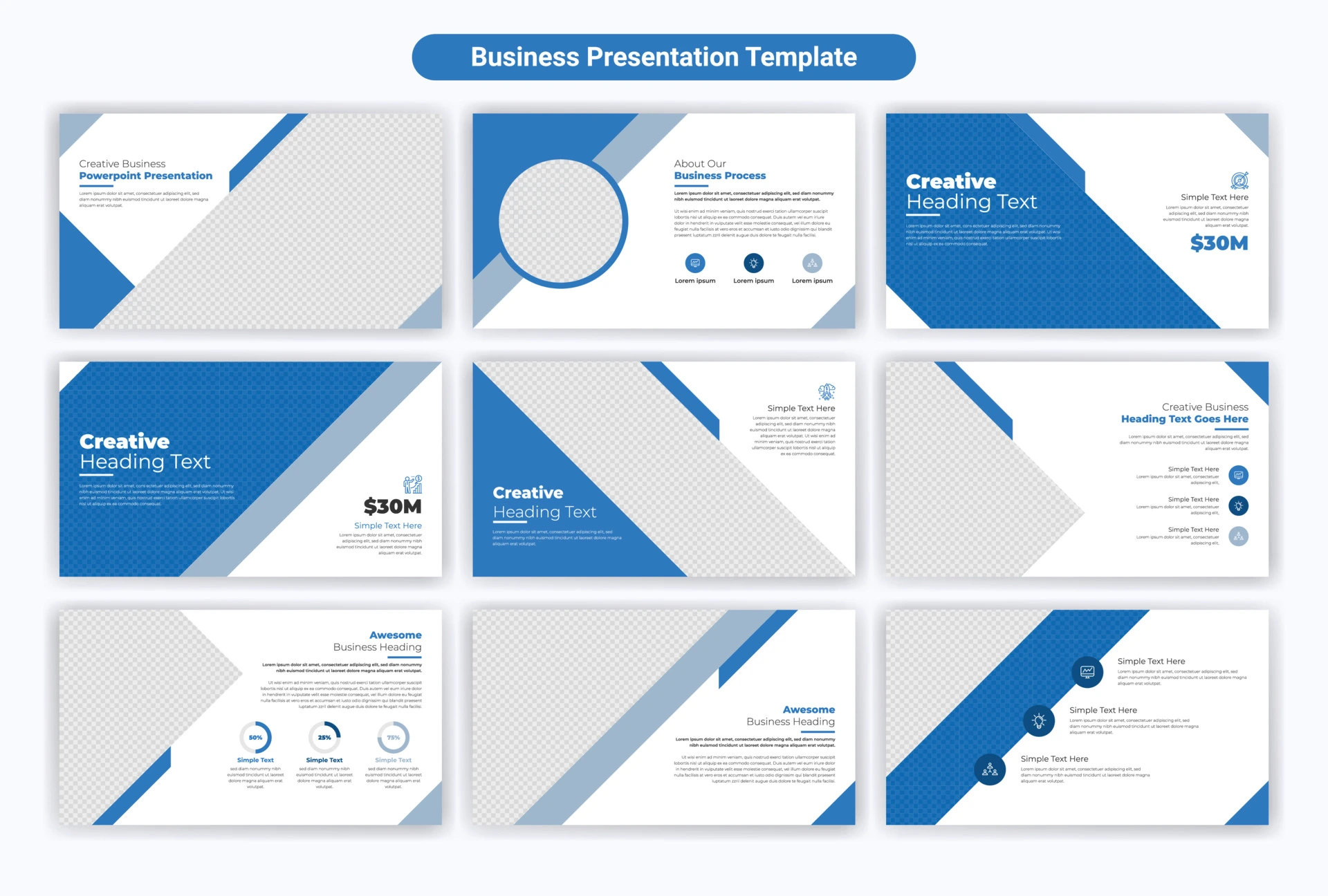
Training and Educational Presentation
- Purpose: Used for educational purposes, workshops, seminars, or employee training sessions to impart specific knowledge or skills.
- Design Elements: Prioritizes clear and concise content, step-by-step instructions, and interactive elements like quizzes or exercises. Utilizes visuals to enhance understanding and engagement.
Project Proposal Presentation
- Purpose: Presents a detailed plan, budget, and scope of a project to potential clients or stakeholders to secure project contracts or funding.
- Design Elements: Outlines project objectives, timelines, deliverables, and budget breakdown. Focuses on a structured approach, clarity in communication, and persuasive elements to win the proposal.
Conference or Seminar Presentation
- Purpose: Delivered by speakers at conferences, seminars, or industry events to share insights, research findings, or thought leadership.
- Design Elements: Engaging visuals, impactful quotes, and data-driven content. Encourages audience interaction through questions, polls, or discussions. Emphasizes storytelling and real-life examples.
Product Launch Presentation
- Purpose: Introduces a new product or service to the market, creating excitement and interest among potential customers, investors, and the media.
- Design Elements: Showcases the product features, benefits, and innovative aspects. Utilizes high-quality visuals, videos, and live demos to create anticipation and generate buzz.
Crisis Management Presentation
- Purpose: Used during crises to communicate the issue, response strategies, and steps taken to address the problem. Targets internal stakeholders, employees, and sometimes the public.
- Design Elements: Transparent communication, empathetic messaging, and clear action plans. Focuses on building trust, addressing concerns, and outlining the organization's commitment to resolving the crisis.
Each type of business presentation design serves a unique purpose and requires careful consideration of content, visuals, and delivery methods to effectively convey the intended message. Tailoring the design to the specific context ensures that the presentation resonates with the audience, captures attention, and achieves the desired outcomes.
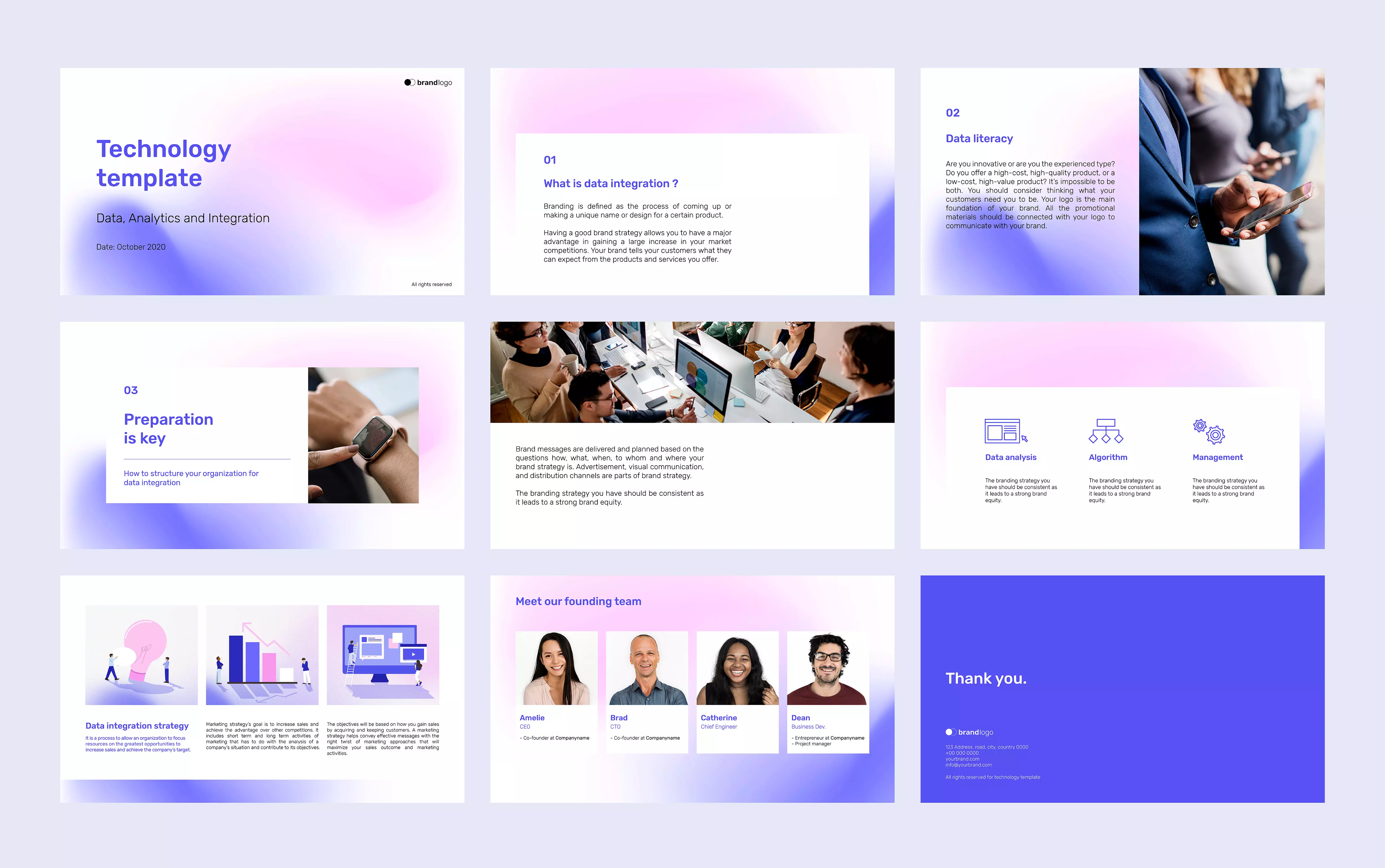
In conclusion, business presentation design is a strategic endeavor that can significantly impact the way your message is received and remembered. By investing time and effort into thoughtful design, businesses can create presentations that captivate their audience, convey information effectively, and leave a lasting impression. Whether you are pitching a new idea, training your team, or engaging with clients, a well-designed presentation is your ticket to making a memorable mark in the competitive business landscape.
Sources:
Business Presentations: The Ultimate Guide To Creating Modular And Effective Slides
How to design a business presentation
How to Give a Killer Presentation
Presentation Design Guide: How to Summarize Information for Presentations




